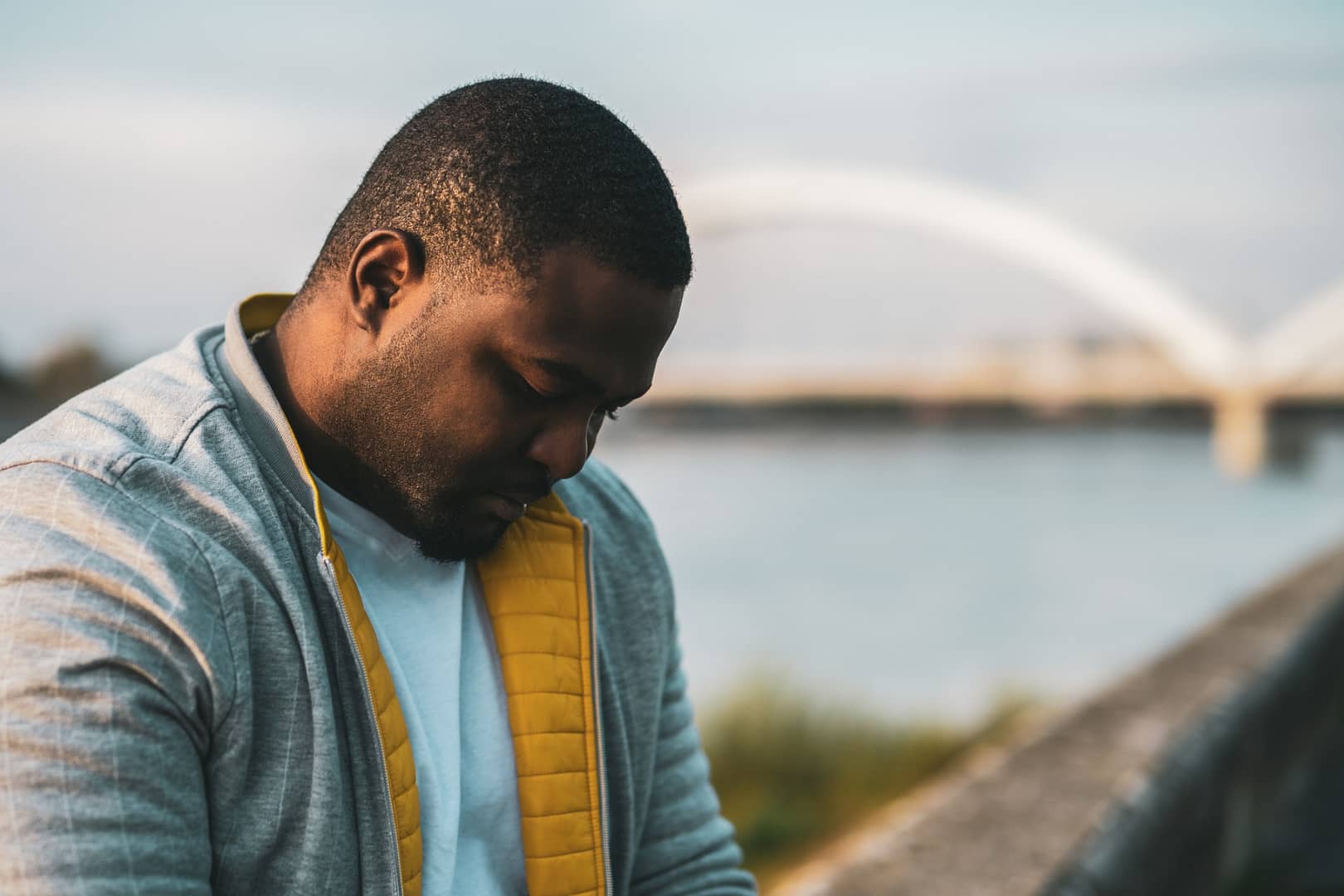How To Tell the Difference Between Depression and Sadness
People often lump all feelings of sadness under the depression umbrella, but there are distinct differences between sadness and depression. Sadness is an emotion that happens to everyone and is a normal reaction to life events such as losing a loved one, getting fired from a job, or experiencing heartbreak. Some sadness can even be hormone-related due to the menstrual cycle, menopause, and andropause (male menopause).
Depression, on the other hand, is much more than just feeling down for a few days. In 2020 an estimated 21 million US adults had at least one major depressive episode. Unfortunately, this number seems to be on the rise. So, how can you tell if your low feelings are just sadness or something more?

What Is Depression?
Depression is a mental health disorder that causes people to feel persistently sad or low for at least two weeks. But it’s more than just feeling blue for a couple of weeks. Depression affects how you think, feel, and behave. Furthermore, depression often makes doing day-to-day activities very difficult.
On the other hand, sadness is a normal human emotion that we all experience from time to time. It’s our body’s way of reacting to difficult or disappointing life events. While sadness might make it hard to get out of bed in the morning or enjoy activities you used to love, it doesn’t typically interfere with your ability to go to work or take care of yourself and your family.
Symptoms of Depression
One of the best ways to know the difference between sadness and depression is by familiarizing yourself with the symptoms of depression. Depression has a number of symptoms and many possible causes.
Depression symptoms may include:
- Feelings of sadness or emptiness
- Loss of interest in activities you once enjoyed
- Changes in appetite or weight
- Trouble sleeping or sleeping too much
- Loss of energy or fatigue
- Difficulty concentrating
- Feelings of worthlessness or guilt
- Thoughts of death or suicide
If any of these symptoms interfere with your ability to work, go to school, or take care of yourself and last for more than two weeks, you might be dealing with depression and should reach out to a mental health professional. You don’t have to suffer through depression alone.
Types of Depression
In addition to understanding what depression is and its possible symptoms, knowing the different types of depression may also help determine whether you are experiencing sadness or something more.
Types of depression include but are not limited to:
Major Depressive Disorder (MDD)
This is the most common type of depression and is characterized by a number of the symptoms listed above. Symptoms of MDD often last for at least two weeks and may make it difficult to go about your day-to-day activities.
Bipolar Depression
Bipolar disorder is characterized by extreme highs and lows. People with bipolar depression often experience manic episodes (highs) followed by periods of depression (lows).
Persistent Depressive Disorder (PDD)
Also known as dysthymia, PDD is a long-term form of depression that lasts for at least two years. People with PDD often experience symptoms that are not as severe as those with MDD, but they last for a much more extended period of time.
Symptoms of PDD Include:
- Anger
- General discontent
- Hopelessness
- Excessive hungry
- Fatigue
- Lack of concentration
- Indecisiveness
- Low self-esteem
Psychotic Depression
This type of depression is severe and is accompanied by hallucinations or delusions. People with psychotic depression often have difficulty distinguishing between what is real and what is not.
Seasonal Affective Disorder (SAD)
SAD is a type of depression that occurs during the fall and winter months when there is less sunlight. People with SAD often experience symptoms of depression such as fatigue and low mood.
Other Differentiators Between Depression and Sadness
In addition to knowing the symptoms and types of depression, there are other ways to help differentiate between sadness and depression. Depression is often accompanied by physical symptoms such as headaches, body aches, and stomach problems.
Depression may also make it difficult to concentrate or make decisions. For example, you may feel like your thoughts are racing or that you can’t slow them down. In contrast, sadness is typically not accompanied by physical symptoms and is likely to have less of an impact on your ability to think clearly or make decisions.
It’s also important to note that depression is not a sign of weakness. Depression is a real medical condition caused by several factors, including genetics, brain chemistry, and life events.
Manage Your Depression with Mile High Psychiatry
If you are having trouble distinguishing between sadness and depression or think you may be dealing with depression, reach out to the mental health providers at Mile High Psychiatry.
We are devoted to making your mental health a top priority and will work with you to develop a treatment plan that meets your needs. We offer a variety of services, including psychiatric evaluations, medication management, and therapy. Contact us today to schedule an appointment.


